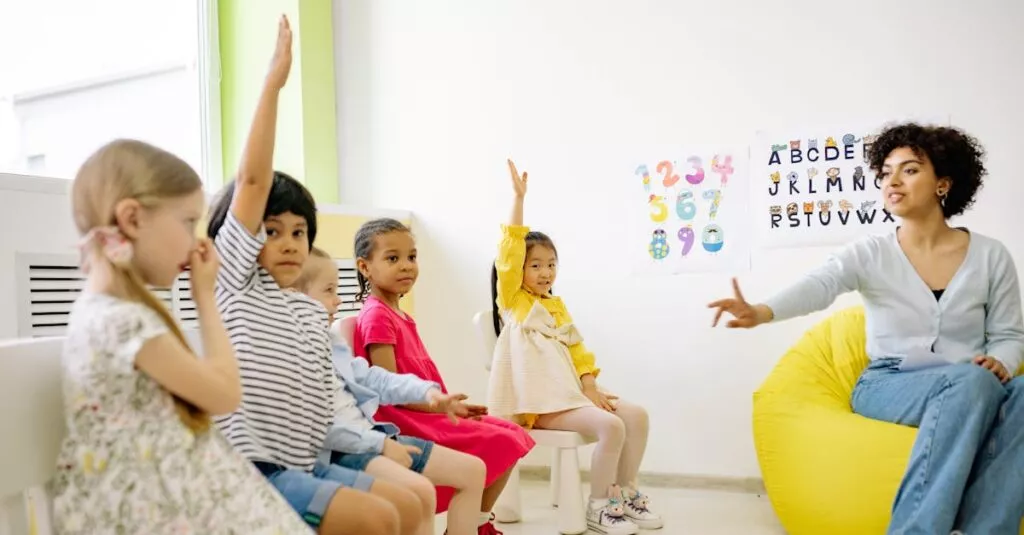Understanding AI in Education
Imagine your child being tutored by a virtual teacher who never tires, forgets, or gets annoyed. This is the promise of AI in education. AI teaching methods personalize learning by adapting to your child’s pace and learning style. Think of it as having a personal tutor who’s always available and never cranky! For instance, AI can highlight areas where your child struggles, providing extra practice until mastery. This personalization boosts confidence and makes learning more fun, like a game they can’t wait to play again!
Traditional Teaching: The Pillar of Education
On the flip side, traditional teaching methods have stood the test of time for good reasons. Remember your favorite teacher from school? The one who made history come alive or turned math into a magical adventure? Traditional teachers offer personal connections, mentoring, and inspiration that can’t be replicated by a machine. They create lifelong learners by sharing their passion and experiences. Traditional methods also help children develop social skills by interacting with their peers, something that AI simply can’t fully replicate.

Blending AI and Traditional Methods
Now, imagine combining the best of both worlds. AI can handle repetitive tasks and provide personalized feedback, allowing teachers to focus on what they do best: teaching, inspiring, and mentoring.
This hybrid approach means that while AI tools provide instant feedback and customized learning paths, teachers can guide emotional and social development. Blending AI and traditional methods creates a robust learning environment where technology enhances, not replaces, the human touch.

Emotional Challenges and Solutions
Every parent worries about their child’s emotional well-being. Adapting to AI-driven education might bring challenges like screen fatigue or feelings of isolation. To balance the scales, encourage regular breaks and ensure they have offline activities. Discuss the challenges with your child openly and observe how they respond to AI tools. By staying involved, you can address issues early on and find the right balance that suits your child’s unique needs. Remember, it’s a learning journey for both of you!

Addressing emotional challenges in the age of AI-driven education is crucial for the well-being of children. By being proactive and mindful of potential issues, parents can navigate this new educational landscape effectively.
Practical Tips for Parents
Ever wondered how to introduce AI into your child’s learning mix? Start by exploring educational apps together to find what excites them.
Partner with their teachers to understand how AI tools can complement classroom learning.
Set up a dedicated learning space at home that minimizes distractions and promotes focus.
Additionally, keep the communication lines open. Regularly ask your child about their learning experiences, what they like or dislike, and adjust accordingly.

By implementing these practical tips, parents can create a conducive environment for their child’s learning journey.
Join the Conversation
We’d love to hear your thoughts and experiences on this hot topic. Have you tried AI tools for your child’s education, or do you swear by traditional methods? Share your insights and any tips other parents might find helpful. Let’s create a supportive community where we learn from each other!
Post your comments below and let’s get the conversation started. Together, we can find the perfect blend of AI and traditional teaching for our children’s bright futures.

